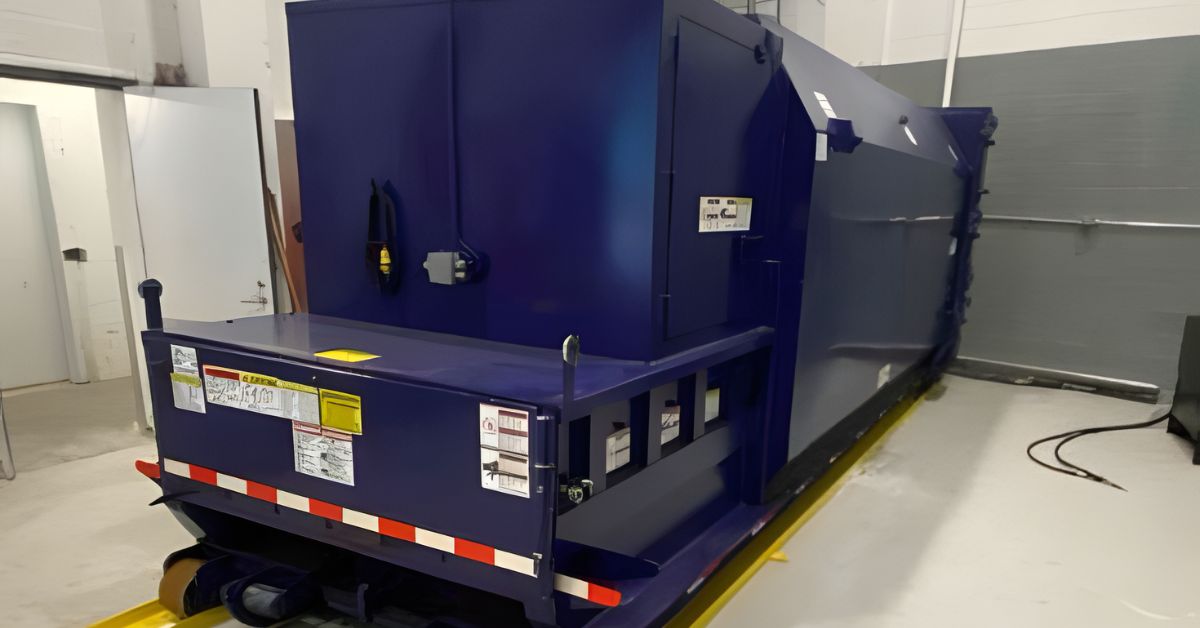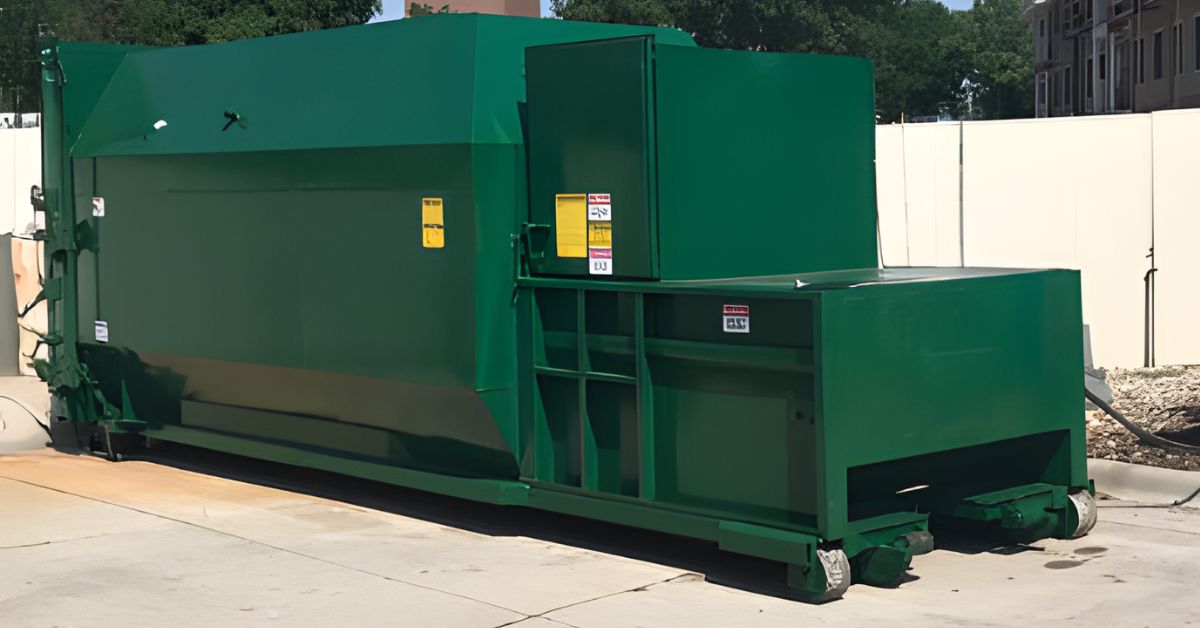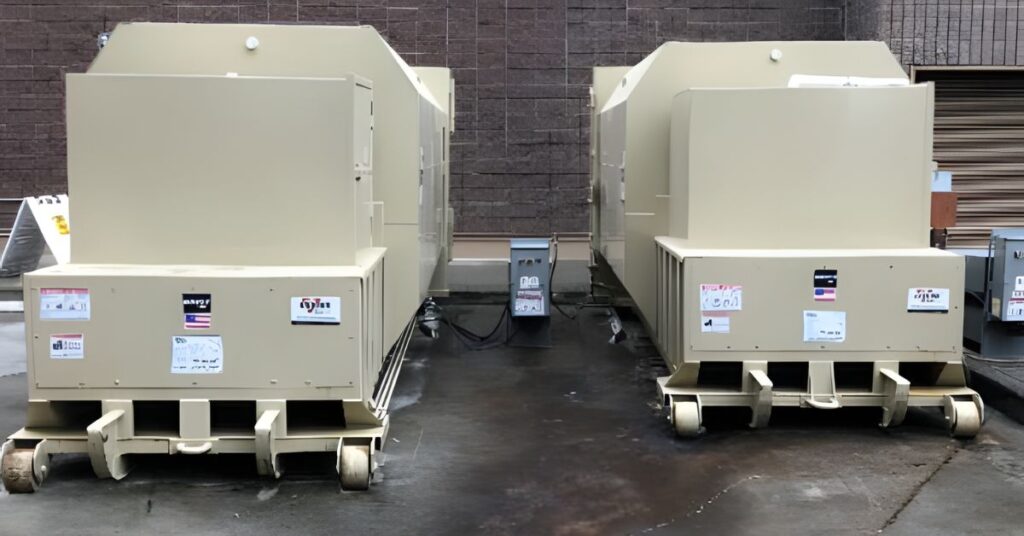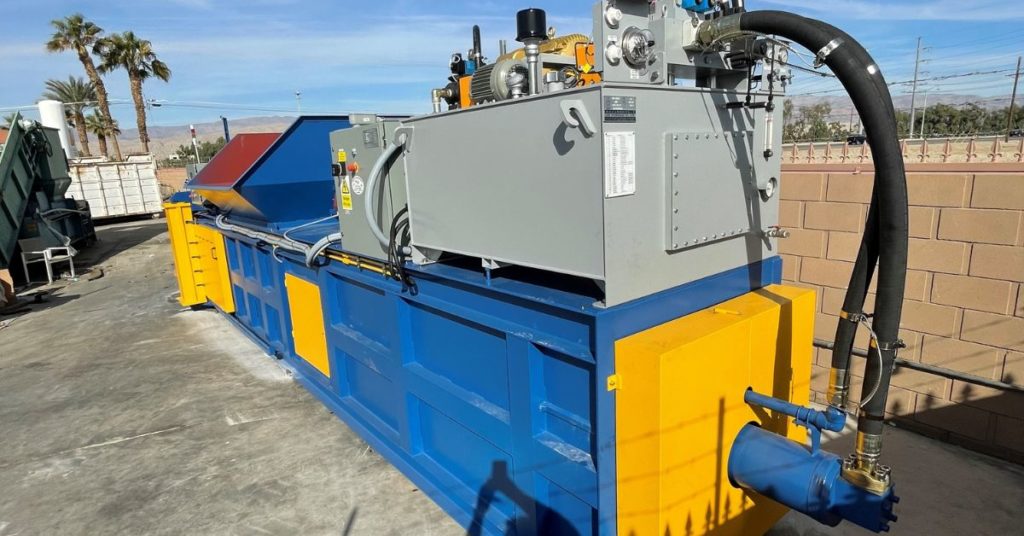Illegal dumping costs organizations millions of dollars annually through cleanup expenses, regulatory fines, and damaged reputation. When waste materials appear on private property without authorization, businesses face immediate financial burdens and long-term environmental liabilities. The problem extends beyond simple littering—illegal dumping involves systematic disposal of construction debris, hazardous materials, and large quantities of waste that overwhelm natural ecosystems and create public health risks.
Organizations across all industries encounter illegal dumping challenges, from retail establishments dealing with abandoned shopping carts filled with trash to manufacturing facilities discovering industrial waste on their perimeters. The financial impact reaches far beyond initial cleanup costs, encompassing legal fees, environmental remediation, and potential lawsuits from affected parties. Here’s how your organization can prevent illegal dumping and avoid the associated consequences.
Install Physical Barriers and Security Measures
Physical barriers are the first line of defense against illegal dumping activities. Fencing, gates, and bollards create clear boundaries that deter unauthorized access to organizational property. Chain-link fencing with barbed wire tops proves particularly effective for large perimeters, while decorative barriers work well for customer-facing areas.
Security cameras positioned at strategic entry points capture illegal dumping activities in progress. Modern surveillance systems offer remote monitoring capabilities, allowing security personnel to respond immediately to suspicious activities. Motion-activated lights complement camera systems by illuminating areas during nighttime hours when most illegal dumping occurs.
Implement Proper Signage and Warning Systems
Clear, visible signage communicates consequences for illegal dumping while establishing legal documentation for enforcement actions. Warning signs should display specific penalties, contact information for reporting violations, and surveillance notifications. Multilingual signage reaches broader populations in diverse communities.
Legal signage requirements vary by jurisdiction, making compliance research essential for enforcement effectiveness. Signs must meet size, placement, and content standards to support prosecution efforts when violations occur.
Digital message boards offer dynamic communication capabilities, which allow organizations to update messages based on seasonal dumping patterns or specific community concerns.
Establish Regular Property Monitoring Schedules
Consistent property inspections identify illegal dumping activities before they escalate into major problems. Daily perimeter checks reveal fresh deposits that require immediate attention, while weekly comprehensive surveys document patterns and trends.
Property monitoring schedules should include photographic documentation of existing conditions, creating baseline references for identifying new dumping activities. Time-stamped photographs are valuable evidence during legal proceedings against violators.
Employee training programs teach staff members to recognize signs of illegal dumping attempts, including damaged fencing, unusual vehicle tracks, and scattered debris. Early detection significantly reduces cleanup costs and environmental damage.

Create Partnerships With Local Law Enforcement
Law enforcement partnerships enhance organizational capacity to address illegal dumping through official channels. Police departments often establish dedicated environmental crime units that specialize in waste-related violations.
Regular communication with local authorities builds relationships that facilitate rapid response when dumping occurs. Providing law enforcement with property maps, access codes, and contact information streamlines investigation processes.
Develop Community Engagement Programs
Community involvement creates additional surveillance networks that monitor organizational properties. Neighborhood watch programs often expand their scope to include illegal dumping prevention when organizations provide appropriate resources and support.
Educational outreach programs inform community members about proper waste disposal options, further reducing the likelihood that residents will resort to illegal dumping. Information sessions can highlight available municipal services, recycling programs, and special collection events.
Reward programs that offer incentives for reporting illegal dumping activities encourage community participation in prevention efforts. These programs work best when they provide anonymous reporting mechanisms that protect concerned citizens.
Maintain Adequate Lighting Systems
Well-lit properties discourage illegal dumping by eliminating the concealment that violators seek. Strategic lighting placement illuminates potential dumping sites while avoiding light pollution that affects neighboring properties.
Motion-activated lighting systems provide energy-efficient security coverage that activates only when necessary. These systems surprise potential dumpers while alerting security personnel to unauthorized access attempts.
Implement Waste Management Best Practices
Proper organizational waste management reduces opportunities for external parties to add materials to legitimate disposal systems. Secure waste storage areas, regular collection schedules, and appropriate container sizes prevent overflow conditions that attract additional dumping.
Compactor rentals from reputable sources provide efficient solutions for organizations generating large volumes of waste materials. These systems reduce collection frequency requirements while maintaining secure storage conditions that discourage unauthorized additions.
Coordinate With Municipal Cleanup Programs
Municipal partnerships leverage public resources to address illegal dumping problems affecting organizational properties. Many cities operate dedicated cleanup crews that respond to reported violations on private property when public health concerns exist.
Special collection events for bulk items and hazardous materials reduce disposal pressures that contribute to illegal dumping activities. Organizations can promote these events to surrounding communities to create goodwill while addressing root causes of the problem.
Reporting illegal dumping to municipal authorities creates official documentation that supports enforcement actions and identifies dumping patterns across broader geographic areas.
Use Technology Solutions for Prevention
Advanced technology systems offer sophisticated prevention capabilities that exceed traditional security measures. License plate recognition cameras identify vehicles involved in dumping activities, providing law enforcement with investigative leads.
GPS tracking systems monitor organizational vehicles and equipment, ensuring that company assets don’t contribute to dumping problems through unauthorized use or theft.
Mobile applications allow employees and community members to report illegal dumping incidents with photographic evidence and location data. These systems streamline reporting processes while creating comprehensive violation databases.
Establish Clear Response Protocols
Rapid response protocols minimize the impact of illegal dumping incidents while preserving evidence for enforcement actions. Response teams should include trained personnel who understand environmental regulations, evidence collection procedures, and safety requirements.
Documentation procedures ensure that organizations maintain complete records of dumping incidents, cleanup costs, and enforcement actions. These records support insurance claims, legal proceedings, and pattern analysis efforts.

Monitor and Evaluate Prevention Effectiveness
Regular evaluation of prevention strategies identifies successful approaches while revealing areas requiring improvement. Incident tracking systems document dumping frequency, locations, and material types to guide resource allocation decisions.
Cost-benefit analyses compare prevention expenses with cleanup costs, legal fees, and environmental remediation expenses. These evaluations demonstrate the financial value of comprehensive prevention programs.
Building Comprehensive Protection Strategies
Successful illegal dumping prevention requires sustained commitment to multiple prevention approaches rather than relying on a singular solution. Organizations that combine physical security measures with community partnerships, technology systems, and proper waste management protocols achieve the best long-term results.
Regular program updates respond to changing dumping patterns, new technology capabilities, and evolving regulatory requirements. Parter with Compactor Rentals of America to begin cracking down on your facility’s dumping efforts. Our team can help you implement an effective yet sustainable dump process.


